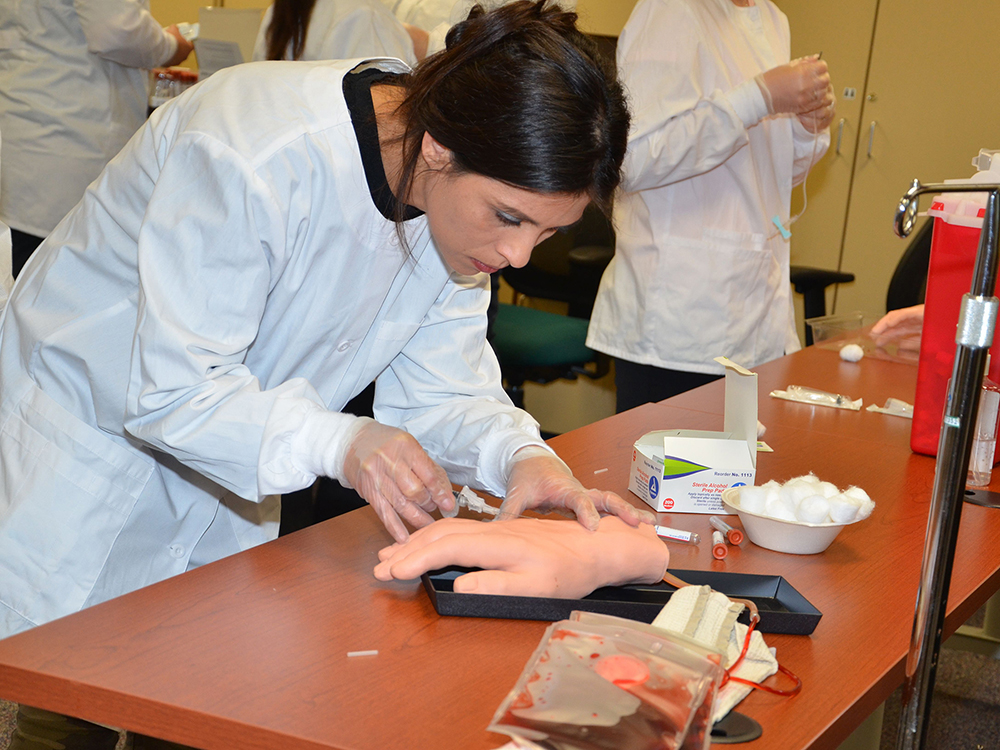School Guide News

There are many different fields of study in healthcare and at first it can seem almost impossible to choose where to begin. You might have questions like where do I start? What do I do? How long does it take to get certified? The good news is that by narrowing down your field of study you can find yourself working in the healthcare industry in just a few short months.
During this article we will review the steps that you will need to take in order to start a career as a phlebotomy technician. First off, many people are unclear on what a phlebotomy technician even does. According to WebMD.com it phlebotomy is a procedure that removes blood from the body. We get a great deal of valuable information from blood and a small sample can tell us more about what is going on inside a person than hours of external inspection can. This is why it is important to have technicians that are training in phlebotomy.
It is predicted that the career field for a phlebotomy technician will grow 25% between 2014 and 2024. Certification as a phlebotomy technician can get you a job as a lab assistant or patient service technician. This means you may work in a hospital, doctor office, medical clinic, or nursing home. If you find that you have a calming presence and people can relax around you then you are the perfect candidate for a phlebotomy degree. You will also need to be organized and properly able to track your time.
If you’re now thinking, “maybe I can do this, where do I start?” then read on. There are a variety of options available to take when choosing how to get your credentials as a phlebotomy technician so it is important to look into what courses are available in your area. In most cases hospitals or healthcare universities will have a program you can take to get certified. The standard class length for a phlebotomy technician is about 80 hours long. Each program will be slightly different and some may include in-hospital training experience as well.
Here are a few things that you will learn while taking your phlebotomy course.
· Basic human anatomy along with how blood flows through the body and where major blood vessels and arteries are.
· Best practices for drawing blood safely and efficiently.
· Techniques to keep patients calm while taking their blood as some people may become nauseas or even faint.
· How to properly store and transport blood to the lab.
· Methods of testing blood and properly storing samples.
Since each program is different is important to look into what options are available in your area. By getting started today you can have a job in the field of phlebotomy before you know it.



